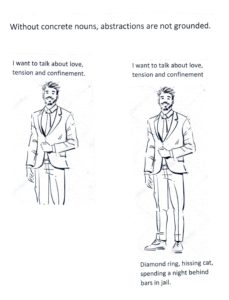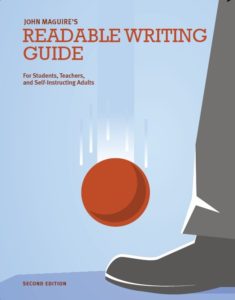I was on the phone last week, trying to track down an Atlanta-based educator named Robert F. Mager, who has what he calls a “common sense approach to training design.” He has designed training for companies and run courses inside companies and written a number of books on training. One is Preparing Instructional Objectives, a neat little book that I just finished.
He defined the instructional objective as the target or endpoint of the instruction. The objective is a performance goal. It’s what the student has to be able to do. There are well-stated goals, he says, as well as poor ones.
These are good performance goals, according to Mager:
- Make pizza
- Change a tire
- Send and receive Morse code
- Solder well enough to meet military specifications
- Given a malfunctioning DC motor of 10 horsepower or less, a kit of tools, and references, be able to repair the motor
Mager devotes an entire small book to designing the objectives of a training course. He clearly thinks people don’t know how to do it. Poorly designed objectives do not describe a student’s performances. Sometimes they describe what the teacher will do. Or, if they are about the student, the behavior is not specified. Examples of incompetent objectives:
- Be able to perform well in a role-play situation
- Understand logic
- Discuss and illustrate principles and techniques of computer programming
- Cover the military strategies and tactics of the Civil War
- Develop a critical understanding of the importance of effective management
Sloppy objectives cripple learning. They defocus and blur the process for both the teacher and student. Without an objective performance goal, the teacher is likely to wander in the instruction. And students are hurt also. They need a clear performance goal so they can see where they are going and judge how fast they approaching it.
“It’s common sense to have a clear performance goal,” Mager says.
I wasn’t able to find Mr. Mager—he’s retired, I guess–but I talked to one of his associates last week. I asked if he or Mager knew anything about how writing is taught in American colleges. He said he knew nothing about it. “That’s good for you,” I said, “because you’d have a stroke if you knew how bad the teaching design is.” He laughed.
We don’t have clear performance goals in American writing instruction; anyone in the field who is honest will admit it. Instead of clear course goals, we read statements of what is going to be covered. These are sometimes vague and sometimes detailed, but they are still just syllabi. A syllabus is not a performance goal.
Common-sense writing instruction—with a clear performance goal—mostly does not exist in America. That’s why college grads are, in general, terrible writers. They’ve been given confused and confusing guidance, in courses with multiple purposes and no single performance goal. If they write badly, it’s because we’ve trained them badly.
A common-sense writing course must have a clear performance goal. Otherwise it won’t work. The goal has to be a verifiable performance with conditions specified.
What could we propose as a clear learning objective for a writing course? How about this?
At the end of a semester course, students will be able to write clear, concise and interesting 1,000-word essays on an assigned topic, on their own, within a 48-hour window.
That’s the learning objective for my readable writing course, which is structured to achieve it. My course is different and effective—and that learning objective is why.



